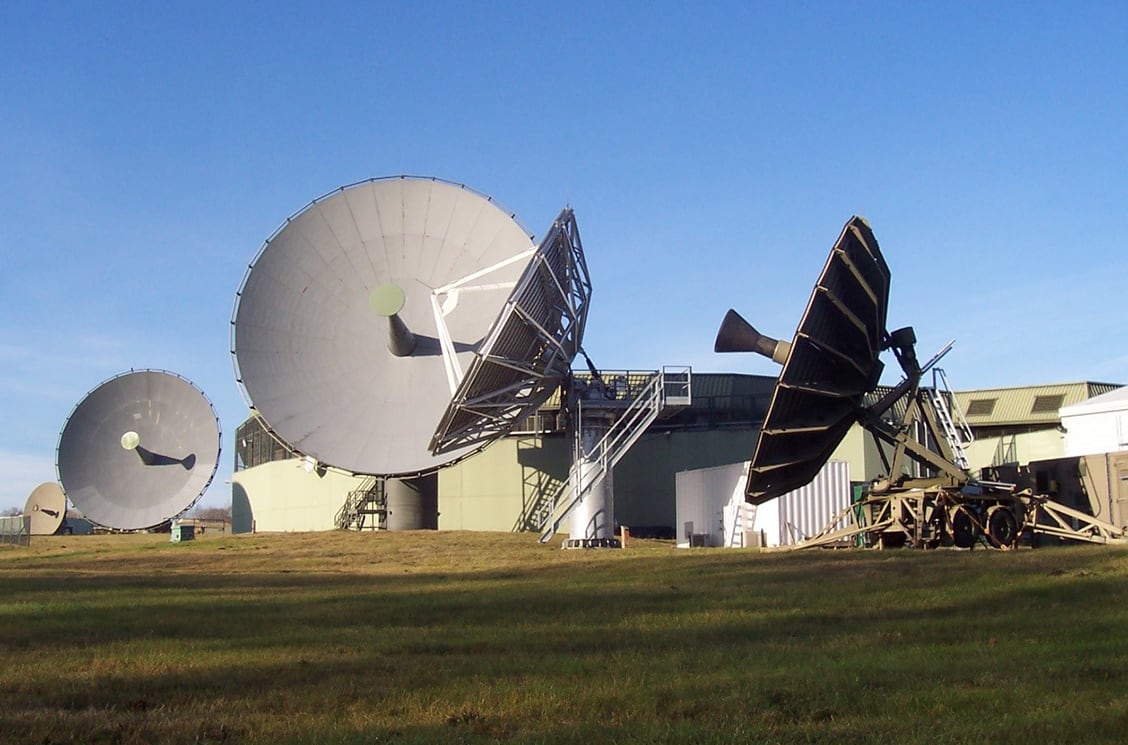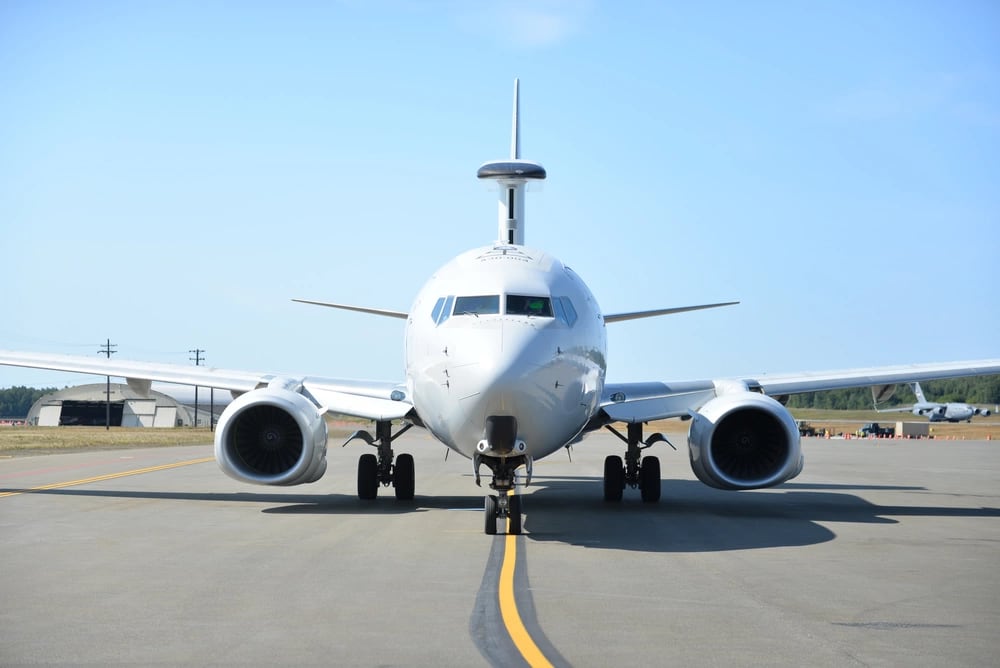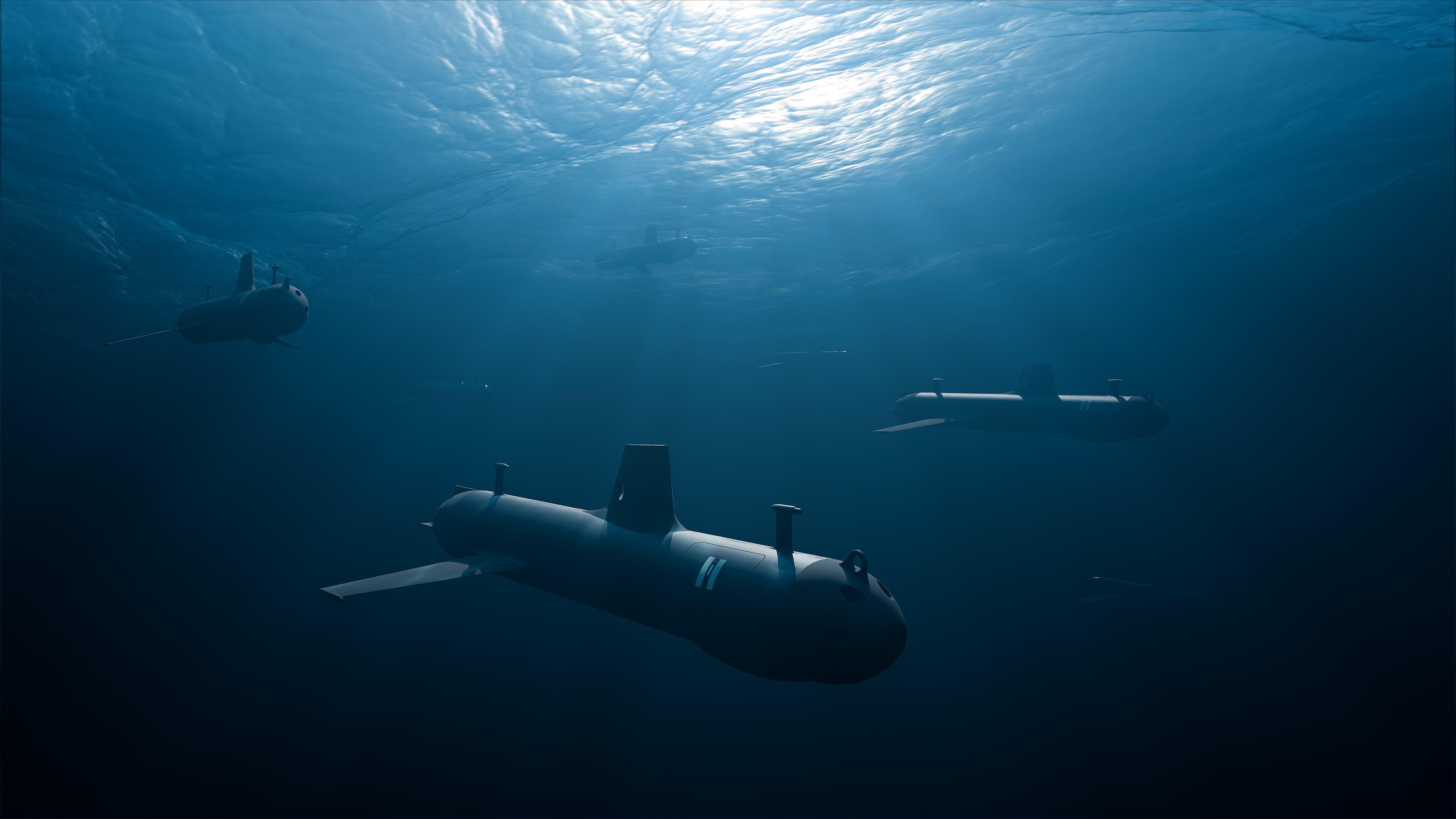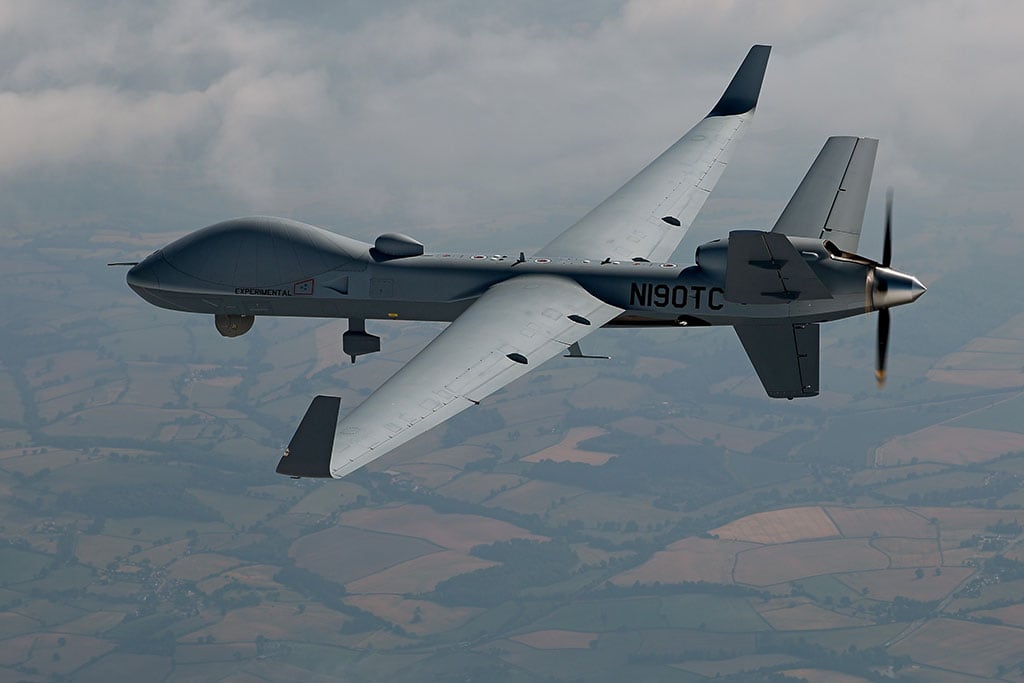The Air Force, like the rest of the military, spent more than the last decade fighting a counterterrorism war against adversaries with, generally speaking, fewer capabilities. That focus comes at a price, though — namely, the ability to go up against enemies in contested environments.
Those environments — known in the military as anti-access area denial, or A2/AD — are increasingly becoming the norm, but much of the U.S. force is rusty on A2/AD capabilities, according to top military officials.
The problem became clear in recent operations over Syria, where there were miscommunications between the distributed ground system (DGS) based in Ramstein, Germany, and advanced surface-to-air missiles being launched in the defended space.
"It's not that they haven't been taught, they were just rusty," said Lt. Gen. Robert Otto, Air Force deputy chief of staff for intelligence, surveillance and reconnaissance. "If you never get a chance to train, then there isn't an opportunity to work on those skills. So they had to scramble to improve their capabilities."
Otto, who spoke to reporters at the annual Air Force Association conference in Fort Washington, Maryland, reinforced what Otto's No. 2, Maj. Gen. Linda Urrutia-Varhall, said the previous week at an intelligence conference in Washington.
"Eighty percent of Air Force personnel came in after 9/11 … they know counterterrorism like the back of their hand," Urrutia-Varhall said Sept. 10. "They do that well. A2/AD? Not so much. We found that out when we went up against the competition in Syria."
Otto said the Air Force is targeting A2/AD skills training, including through the use of red flags, or large-scale air combat exercises.
"We're trying to use red flags in ways we have not used in the past," Otto said. "What we've done since 2013 is brought a team through a red flag and given them some of the training to help get them up to speed on advanced [surface-to-air missiles]. Since then the onus has been on them to identify those systems before the aircraft push, so it integrates them into the war fight in ways we haven't in the past. And that's something we'll continue to develop and mature, the use of exercises in order to increase our efficiency."
Otto said it's tough to do that training in an environment where emphasis has been on current operations against non-near-peers, leaving little flexibility and a lot of stress on DGS operators. But according to another top Air Force official, it needs to happen ASAP, because A2/AD is proliferating in Europe.
The Russians' "ability to create A2/AD is a challenge that we're all going to face," said Gen. Frank Gorenc, commander of U.S. Air Forces in Europe and Air Forces Africa commander, who added that there has been a "general elevation of the capabilities of the Russian air force. They have done it with modernization, and with people."
A2/AD is an issue in the Asia-Pacific as well, as China continues to modernize smart missiles and aircraft, Gorenc said. But he indicated Russia may be a bigger concern at the moment as they target U.S. capabilities directly.
"Clearly, surface-to-air systems are being layered in a way that makes access more difficult," Gorenc said. "We are going to have to continue to develop tactics" for A2/AD operations in Europe.








